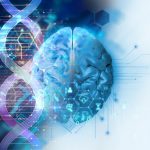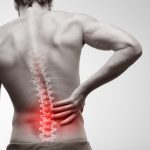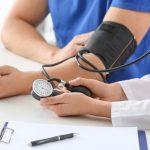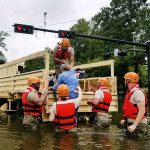
A Colombian family’s genetics are shining a spotlight on a gene that might help protect people from the ravages of Alzheimer’s disease. About 1,200 out of 6,000 family members carry a genetic variant called the “Paisa mutation,” which dooms them to early Alzheimer’s, researchers said. But 28 family members with the Paisa mutation dodged early Alzheimer’s, apparently because they carry another gene that protects against the degenerative brain disease, researchers reported June 20 in the New England Journal of Medicine. The study represents the first evidence that having this other gene — known as the “Christchurch variant” — might confer some protection against inherited Alzheimer’s, researchers said. Drugs and therapies focusing on this genetic pathway might be capable of preventing or treating dementia and Alzheimer’s in others, said co-lead author Yakeel Quiroz, director of the Familial Dementia Neuroimaging Lab at Massachusetts General Hospital. “As a clinician, I am highly encouraged by our findings, as they suggest the potential for delaying cognitive decline and dementia in older individuals,” Quiroz said in a hospital news release. “Now we must leverage this new knowledge to develop effective treatments for dementia prevention.” The study focused on variants of the apolipoprotein E (APOE) gene. The APOE4 variant is known to increase the risk of Alzheimer’s, and is linked to developing a more severe form of dementia, according to the Mayo… read on > read on >


















